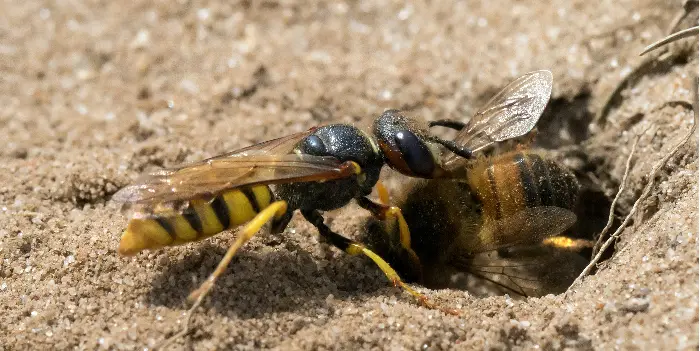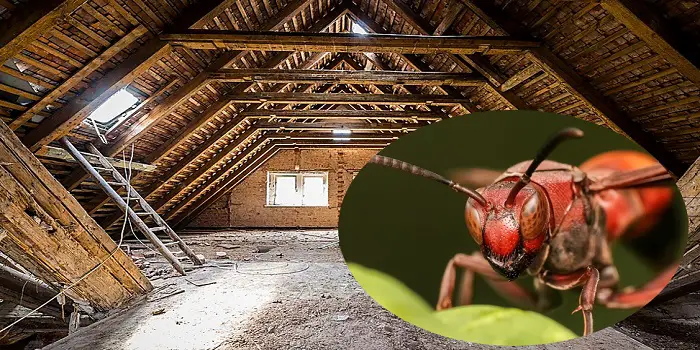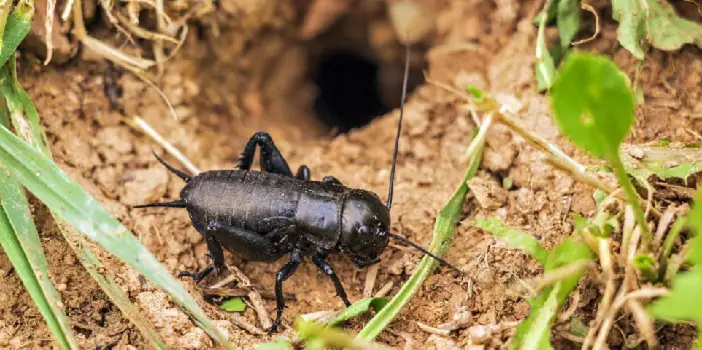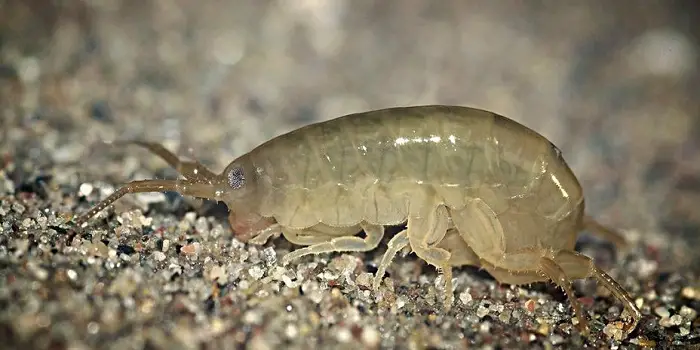
Although most people have a romantic view of the beach, the sand may also contain pests like mosquitoes that carry diseases.
Of the pests that you may find at the beach, particularly in semi-tropical and tropical locations, are sand fleas.
And while sand fleas may not be as concerning to your health as mosquitoes, they are in many ways even more annoying.
What are Sand Fleas?
Known by many different names, sand fleas are the same species that you find in the fur of animals such as dogs and cats.
They are parasites that bite and draw blood from your skin.
Although quite tiny in size, their sheer numbers make them annoying.
This is because they often gather in large groups when people are on the beach.
Where will you find them?
Because sand fleas are so tiny, they are quite difficult to spot when in the sand.
You may sometimes see a swarm in areas along the beach, such as around other people or pets.
For the most part, you will probably not be aware of their presence until after they have bitten you.
Although sand fleas cannot fly, they can jump to about forty cms. and will gather around the feet and ankles of those walking on the beach.
Sitting down only exposes more flesh to the sand fleas.
The result is many small bites that can irritate the skin, raising welts that may take days to finally fade.
Why Does Sand-Flea Bite?
In general, fleas may bite you or your pet for two reasons.
1- For fresh blood
Like other mosquitoes, sand fleas also like to feed on fresh blood.
In fact, they like the taste of fresh blood and will keep on sucking until you feel the pain and react.
2- For nesting and laying eggs
Female sand fleas are continuously in search of a safe nesting place where they can lay and hatch their eggs.
In the process, they can treat your body (deep under your skin and hairs) as a great comfortable shelter where they can rest for a while.
Depending on how long they have been nesting and biting, the pain you feel can be followed by an itchy inflammation and redness or black spots.
Some people are prone to rashes when bitten by enough sand fleas in a single area.
The more you scratch, the more likely you will break open the bites, so they become small wounds.
That may lead to infection and other complications like Tungiasis skin disease (also called sand flea disease).
The best way to avoid such complications is to not get bit in the first place.
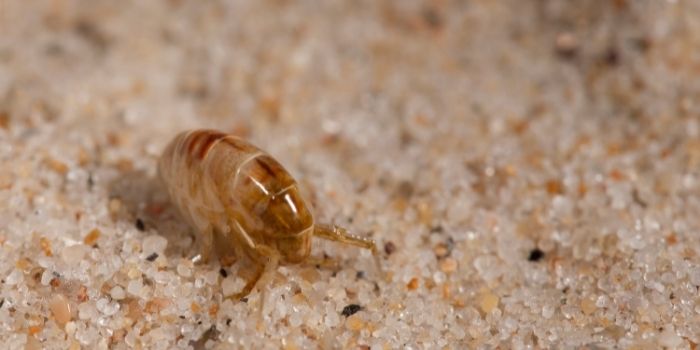
Tips for Preventing Sand Flea Bites
Some tips will help reduce, if not avoid, getting bit by sand fleas.
It may take a little work, but it will be worthwhile.
1- Chair or Blanket
When resting, do not sit directly on the sand.
Also, avoid laying down your beach towel directly on the sand to lie on it to enjoy your tan.
Instead, sit in a lounge chair, preferably with your feet elevated.
Or rest on a blanket which provides a layer of protection.
You may want to spray the blanket’s edges with insect repellent to keep the sand fleas away.
2- Cover Your Lower Legs
Cover your calves, ankles, and feet whenever possible to keep them from being bitten by sand fleas.
Sandals and socks will work even if they are not in fashion.
You can also cover the skin when sitting in a chair with your feet in the sand.
A blanket or towel may work to keep them from getting on your skin.
3- Stay Moving
If you are on the sand, keep moving. Sand fleas may be determined, but they are also rather slow.
By walking at a normal pace, you will keep the sand fleas from swarming around your legs.
Once you enter the water or leave the beach, the sand fleas should leave you alone at that point.
This means you can slow your pace or stop once you have reached an area without the fleas.
4- Wear Insect Repellent
You will need to apply the proper repellent to your feet, ankles, and legs below the knee area.
If you go for a swim, you will need to reapply the repellent after drying off.
Frequent reapplication of DEET-based fleas repellants will help keep the sand fleas away due to their toxic odor.
Apply every hour or so on your feet if you are staying on the beach.
5- Visit During Hottest Part of the Day
Sand fleas are most active in the early morning and late evening hours, thanks to the cooler conditions of the sand.
When you hit the beach, do so later in the morning or early afternoon when the heat makes the sand fleas less active.
In addition, stay away from the beach after rain as the sand fleas can be most active during this time.
Also, avoid the areas around the beach that may have seaweed build-ups.
Since seaweeds and other sea vegetation are a great food source for fleas, you may find tons of them swarming here.
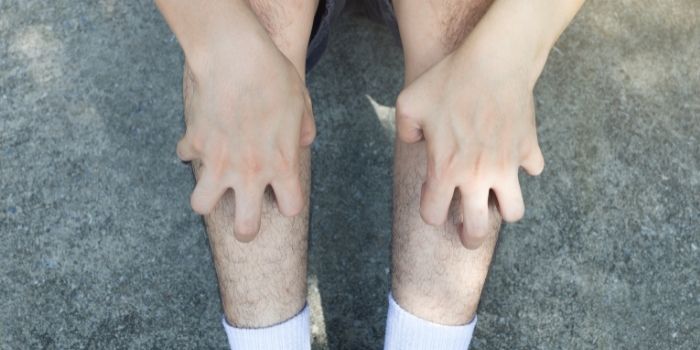
What to do for Treating Sand Flea Bites?
With all the preventative measures you have employed, it’s still possible to get bitten by sand fleas.
If that happens, you should resist the urge to scratch and instead use products that will take the sting and irritation out of the bite itself.
As with bites from mosquitoes and other small insects, it’s not really the bite itself, but the reaction of the skin that causes the irritation to occur.
In response to the bite, the area will generally swell with histamines that cause that irritating, itching sensation.
When you discover that you have been bitten, take the following steps.
1- Wash the Area of the Bite
If you are infected/bitten by the sand fleas, and they are still nesting inside your body, they can even travel with you in your home.
So, it’s important that you thoroughly wash away the area of a bite.
This will clean away any dirt and debris, along with possible germs that may be around.
While the sun and the outdoor environment help to reduce the chances of germs and bacteria being present, you will still need to properly wash the area to ensure that it lowers the chances of becoming infected.
2- Topical Applications
You’ll want to apply substances that reduce the itch by lowering the number of histamines in the bite area.
Some common topical treatments include the following.
- Aloe Vera
- Baking soda
- Calamine lotion
- Colloidal oatmeal bath
- Hydrocortisone creams
- Ice compresses
All of these treatments are easy to obtain and work effectively to reduce itching.
You should carry at least one with you when on the beach.
3- Pain Medication
In addition to the natural topical applications, you can also take some pain medication and antihistamines to further reduce the swelling and pain.
Finally, remember not to scratch or rub the area of the bite, as tempting as that may be.
You’ll only increase the swelling and pain.
Plus, you may break open the bite so that it becomes an open wound on the skin and subject to infection.
The Conclusion
Sand flea bites are painful.
But you can hardly avoid them entirely on your vulnerable skin when on shores.
A little preparation will help prevent most sand flea bites from occurring.
But if some do happen, a remedy will be most appreciated when on the beach.
By having some remedies on hand, you can quickly treat the bites after you discover them.
Share the post "How to Avoid Sand Flea Bites – What to Do if Bitten?"

Welcome to ProShieldPest.com. I am Tina Jones. I have been working as a pest removal professional in Winslow, Arizona lately. At present, I love to spend my time with my family as a retiree.
Here I share all my knowledge and experiences to help people understand better how they can stop pests at their homes without actually killing them. Hopefully, the information you will find here will help in safeguarding your home! You can check more about me here.


